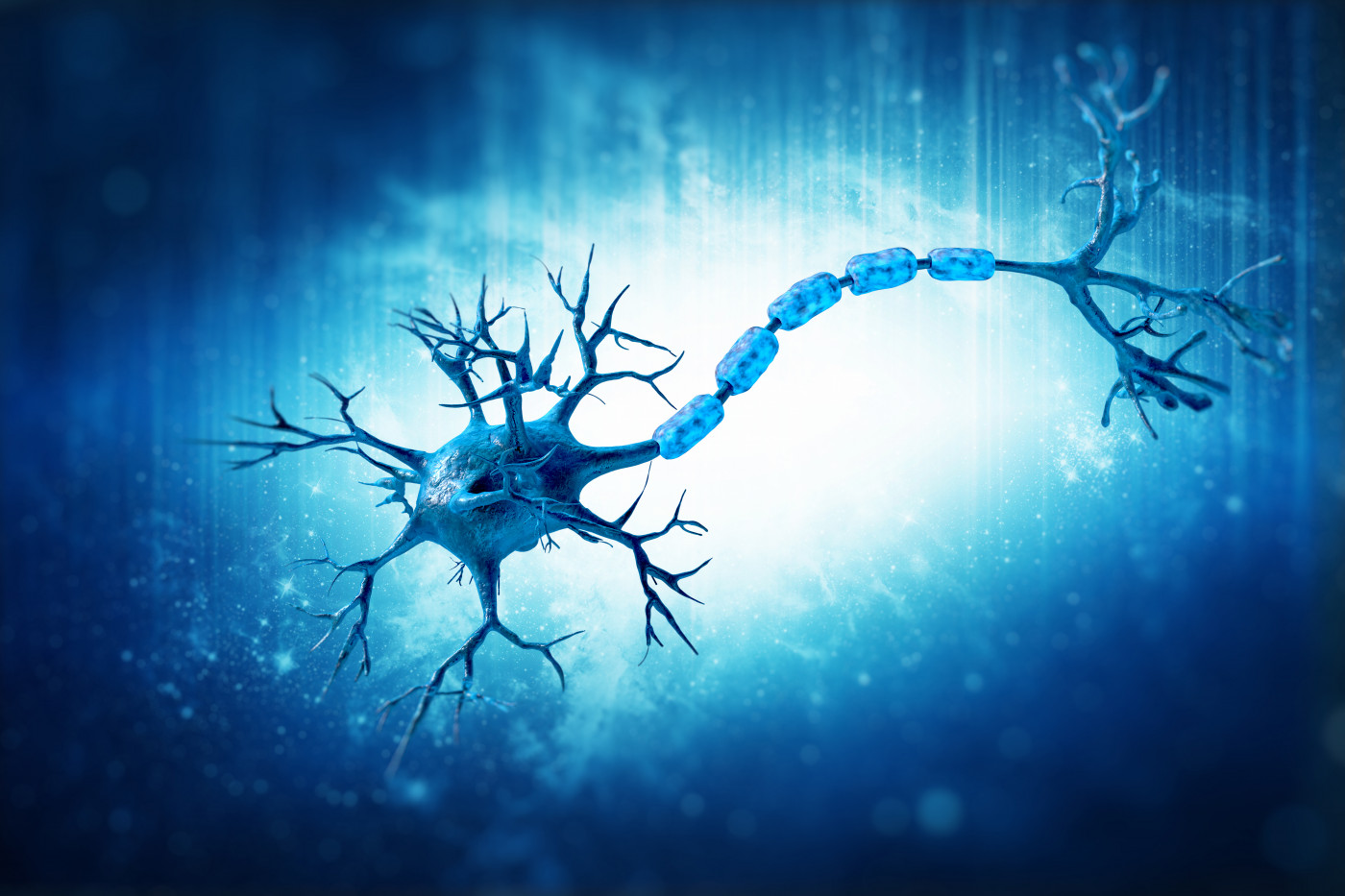Protamine, Anticoagulant Blocker, Seen to Aid Remyelination in Mice Within Limits

Protamine — an agent used to stop the anticoagulant effects of heparin — was seen to trigger remyelination in mice with myelin damage. But while pointing a way forward for studies of myelin regeneration in multiple sclerosis (MS), the research team underscored that protamine itself is not an optimal treatment candidate.
The study, published in the journal PLOS One, reported that protamine acts to neutralize molecules that block processes involved in remyelination. Finding similar compounds with properties better suited to human use could lead to new regenerative therapies.
Having studied the processes that prevent myelin-forming cells from repairing damage, researchers at Tokushima Bunri University and Sokendai University in Japan screened for drugs that specifically blocked the activity of molecules called Chondroitin sulfate proteoglycans (CSPGs).
CSPGs are large and complex molecules composed of both proteins and sugars that accumulate as plaques at the site of myelin damage. This prevents both the migration and maturation of myelin-producing cells, called oligodendrocyte precursor cells.
These cells are present in demyelinated lesions in MS patients’ brains, even in advanced disease stages. But researchers have not yet figured out how to reactivate their maturation.
In the study “Protamine neutralizes chondroitin sulfate proteoglycan-mediated inhibition of oligodendrocyte differentiation,” a team used mice to test the effect of protamine in CSPGs.
Giving protamine intranasally to newborn mice, the researchers observed increased markers of myelination, supporting the idea that protamine might promote myelination. These mice, however, were normal with a healthy developing brain.
Would protamine have the same properties in adult mice with myelin damage, they wondered.
To find out, the team exposed mice to cuprizone — a chemical that causes demyelinating brain lesions. Ten days of intranasal protamine treatment did not improve the animals’ brain damage. But when researchers administered the compound directly into the brain for 10 days, new myelin started forming.
Moreover, they noted a decline in the number of damaged neuronal axons in these animals.
The team emphasized that the study — using only one type of MS mouse model — is not enough to draw conclusions about the treatment’s effectiveness. Before proceeding to human trials, the compound must be examined in other MS models.
Protamine is also not an optimal drug to advance as a myelin regeneration treatment. While it is used clinically, it has been linked to severe side effects, including high blood pressure and catastrophic constriction of lung blood vessels.
Since the compound was not effective when administered intranasally in adult mice, the team also underscored the need for remyelination-boosting drugs that can easily pass into the brain.
Researchers believe that the search for such compounds will, however, be easier by using protamine as a blueprint.
“We found that protamine effectively promoted developmental myelination in mouse pups and remyelination in a cuprizone-induced demyelination model. This study thus suggested the possibility that development of CSPG-neutralizing agents is a promising strategy for treating the developmental retardation of myelination and demyelinating diseases,” the team concluded.






